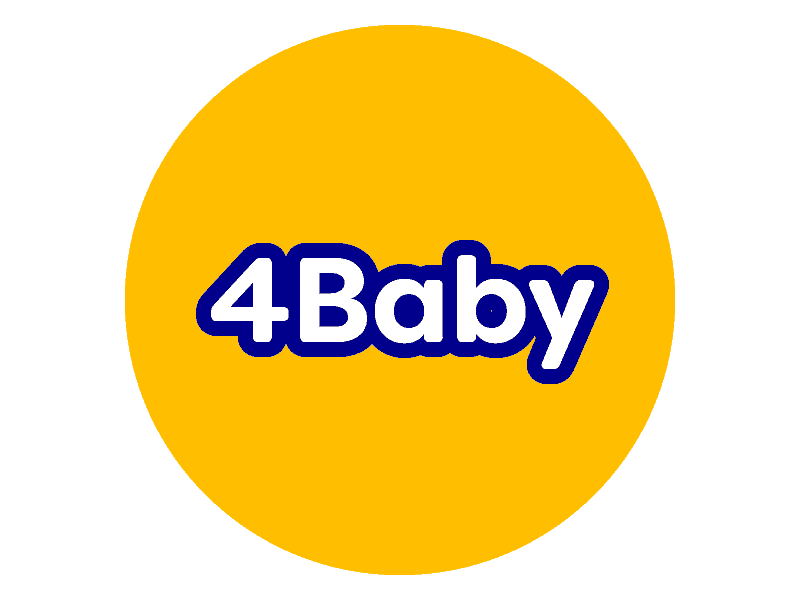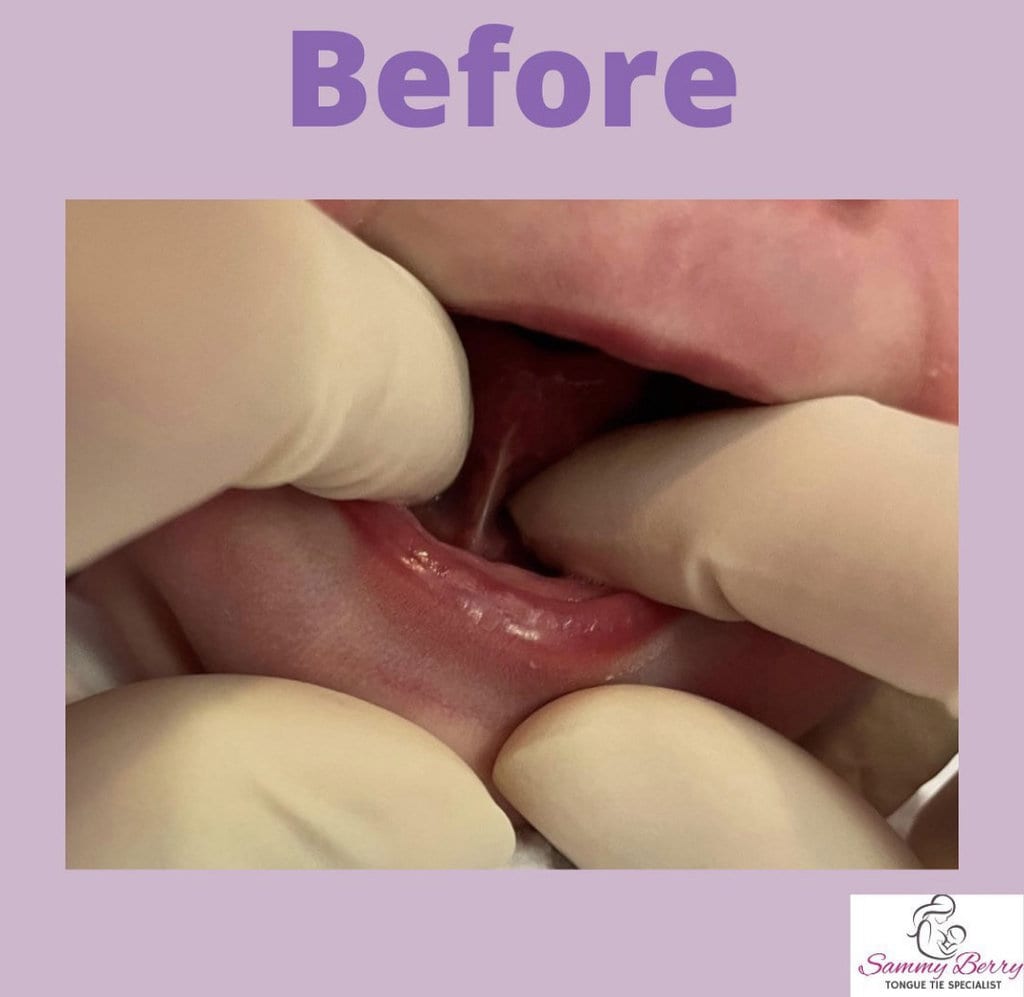Laid Back Breastfeeding, Positioning and Attachment
By Maddie McMahon
Doula, Developing Doulas.
Does the way your baby latch on make a difference to breastfeeding? The short answer is yes. The way your baby attaches to the breast can have an impact on both your comfort and the amount of milk that your baby receives.
All kinds of things can have an impact on the quality of a baby’s latch, so it is always a good idea to seek qualified, skilled support if you are worried. Skilled supporters will have a Breastfeeding Counsellor or International Board Certified Lactation Consultant qualification or be a midwife or health visitor who has undertaken additional training in lactation management. However, it is important to note that whatever their qualifications, people differ in their level of skill, experience and personality, so if it feels like someone isn’t helping you, it might be worthwhile looking for someone else. You can read more about who’s who in breastfeeding support in my article here https://thebirthhub.co.uk/2015/07/27/the-whos-who-of-breastfeeding/
The first step to ensuring comfortable and effective breastfeeding is to recognise and appreciate your baby’s amazing inbuilt capabilities.
When we talk about ‘breastfeeding’, in modern times we tend to use the verb to describe something the mother or lactating parent is doing. In fact, it is your baby who breastfeeds. You are just making your body available. What do I mean by that? Well, if your baby is born fit and healthy they are born with all the tools they need to find their way to the breast and latch on, all by themselves, just like all the other baby mammals.
Chances are if you close your eyes and imagine a baby breastfeeding, they will be lying in their parent’s arms, across their body, in what we call the cradle hold. If you’ve already had your baby, you will most likely have been taught to feed in what’s known as the ‘cross cradle hold’ – supporting your baby’s body and head with the opposite hand and arm to the breast you are offering. They may have suggested you lay a pillow on your lap to help support the weight of your baby.
There is nothing inherently wrong with the cross cradle hold, but there is lots that can go wrong with it. It can feel like trying to learn a salsa dance whilst sleep deprived, sitting on what might be your sore perineum! When the baby is not held in the perfect position to find the breast and latch on deeply, we often notice the baby fuss and cry, push away and arch their backs, latch but not drink or cause painful and damaged nipples.
This may be because the baby is too far across their parent’s body, meaning they come to the breast nose-first. They might have their mother’s fingers or hand on the back of their heads, preventing them from tipping their heads back and taking a big mouthful. The whole of their body may not be in contact with their mother, meaning they don’t feel safe enough to concentrate on feeding.

When a baby latches on to the breast with the nipple going into the mouth too centrally, the nipple lands on the tongue, often causing pain and damage.

But when the baby can land on the breast with their chin, the nipple pointing up their nose, they have to tip their heads and open wide to reach the nipple. Just like you have to do to take a big bite of an apple. In this way, the nipple reaches the place where the hard and soft palate meet and the tongue can reach down and massage out the milk.

And did you know, we only started teaching people to sit bolt upright and post their babies in sideways when we started wearing corsets and could no longer recline comfortably, using our bodies to support the weight of the baby. Before that, and increasingly nowadays, we are finding that a more laid back approach to feeding often has a miraculous impact on how both mother and baby feel.
When we lean right back, in the kind of posture we might adopt to watch a film, we suddenly feel more comfortable and supported. The space between our lap and breasts is magically enlarged, giving us lots of abdomen space to support our baby’s weight. The trick is to skoot your bottom towards the front of the chair and lean back. You should feel like you are sitting on your sacrum – the flat bit at the bottom of your back – not your tailbone, as this might give you a numb bum!









You may well find a cushion behind the small of your back helps support you. You might like a cushion behind your shoulders, neck and head, too, so you feel really relaxed.
In this position, if you lay your baby on your body, head between your breasts and their feet pointing down towards your lap or diagonally towards the opposite hip, you’ll notice that gravity is now your friend. You could almost recline there without needing your hands to support your baby’s weight.
If you’re not in bed with your legs stretched out straight in front of you, you might find it more comfy to have your feet up. Mothers find all kinds of solutions, from a toddler step, to feet up on the coffee table or turning around so you are leaning against the arm of the sofa, with your legs stretched out. In public you could use your changing bag or the bottom of your buggy as a footrest – whatever works to take any tension out of your lower back so you feel totally supported.
In this posture, we are not actively needing to do much to breastfeed. Your baby is doing the work. You want to make sure that the whole of the front of your baby’s body is touching yours. It is also helpful to ensure your baby is a ‘four-legged creature’ – feet free to push themselves up your body, if necessary, and hands up and around your breast giving the source of their food and comfort a cuddle!
You’ll already recognise some of the neonatal reflexes that help a baby find the breast. And it is in this position that those little woodpecker head bobs suddenly make sense. You’ll notice your baby bobbing across to the breast – following their acute sense of smell to the prize.
To support your baby’s head and to prevent them from overshooting and falling down the side of your body, you may just want to bring the arm on the side you are feeding from closer to your body. If your elbow is bent, try straightening your arm a bit. Your upper arm will become a head rest for your baby. You may feel the need of a cushion under that elbow.
After a bit of bobbing, and perhaps a bit of a fuss if this is your first time, your baby will find the nipple. You will notice that they land with their chin firmly embedded in the breast. This is how they find their way – the feeling of the chin on the breast, the smell of the milk and the sight of that round, dark target of the areola. Make sure your baby isn’t too high up your body. They need to be able to tip their head back and come to the nipple from below, ending up with their top lip just skimming over the nipple.

In this position it might feel like your baby’s nose is buried in the breast. If you can feel them suckling, that means they are able to breathe. Usually they lean their head on your upper arm and turn their head, just a fraction, so one nostril is exposed.
Your body, breast and nipple should feel comfortable. You should feel relaxed. Breathe out and drop your shoulders. Look down into your baby’s face – something you can’t do in cross cradle hold! The hormone of love, oxytocin, will flow and this will cause your milk to flow, too.
If things don’t feel quite right, remember the Three B’s:
1. Adjust your Body. Maybe you need to wiggle down a little more so you’re leaning further back. Maybe you’re leaning a little to one side or the other and you need a pillow to support that elbow.
2 Adjust your Baby. Is your baby too high up your body? Too low? Falling off your body? Perhaps their feet are dangling in space and not touching your belly or thighs – little babies like to feel totally safe when trying to feed! Like baby monkeys, if they feel they could fall out of the tree, they can’t concentrate! Squeeze that little bottom in closer to your body – this tips their head back a little more, pushing that chin into the breast and nudging that nipple a little further back into the mouth.
3 Adjust your Breast. Do you need to do a breast compression to get the milk flowing? Does the breast need to be lifted just a little because the nipple is trapped under your baby’s chest? Would your newborn appreciate you shaping the breast just a little and angling that nipple up towards their nose so they can ‘hook’ their top lip up and over?

This suggestion sheet is written with a healthy parent and baby dyad in mind. You may have other challenges to contend with, so please do get some breastfeeding support if you are struggling. There are no silly questions and all kinds of treasures to be found working with a Breastfeeding Counsellor or Lactation Consultant.
The laid back posture has been brought back into our collective memory by a midwife called Suzanne Colson. Her research and subsequent book, ‘Biological Nurturing’ has revolutionised breastfeeding for many parents and professionals.
“In biological nurturing, mothers lean back and place the baby on top so that every part of the baby’s body is facing, touching and closely applied to one of the mother’s curves or to part of the surrounding environment. Nursing in a laid back position opens the mother’s body which promotes neonatal locomotion by releasing up to 20 primitive neonatal reflexes which act as breastfeeding stimulants.” Suzanne Colson https://www.biologicalnurturing.com/assets/MT101BioNurtpdf.pdf
We all learn in different ways. The words on this page may be helpful, but they may not. Use the videos and the pictures to help you visualise and remember, all jigsaw puzzles are different so the way you and your baby achieve comfortable feeding may look different to everyone else. And sometimes, jigsaw puzzle pieces need a little wiggling to fit together. So if you feel it’s not quite right, tiny little adjustments to your posture and your baby’s position might make a world of difference.
Happy Laid back Breastfeeding!
Maddie x
Resources
Video: Can I see Natural Breastfeeding positions in action?
http://www.biologicalnurturing.com/video/bn3clip.html
Images of laid back feeding positions
https://www.cordeliauys.co.uk/in-praise-of-the-babyled-breastfeeding-position
Articles
https://breastfeeding.support/breastfeeding-positions-for-newborns/











